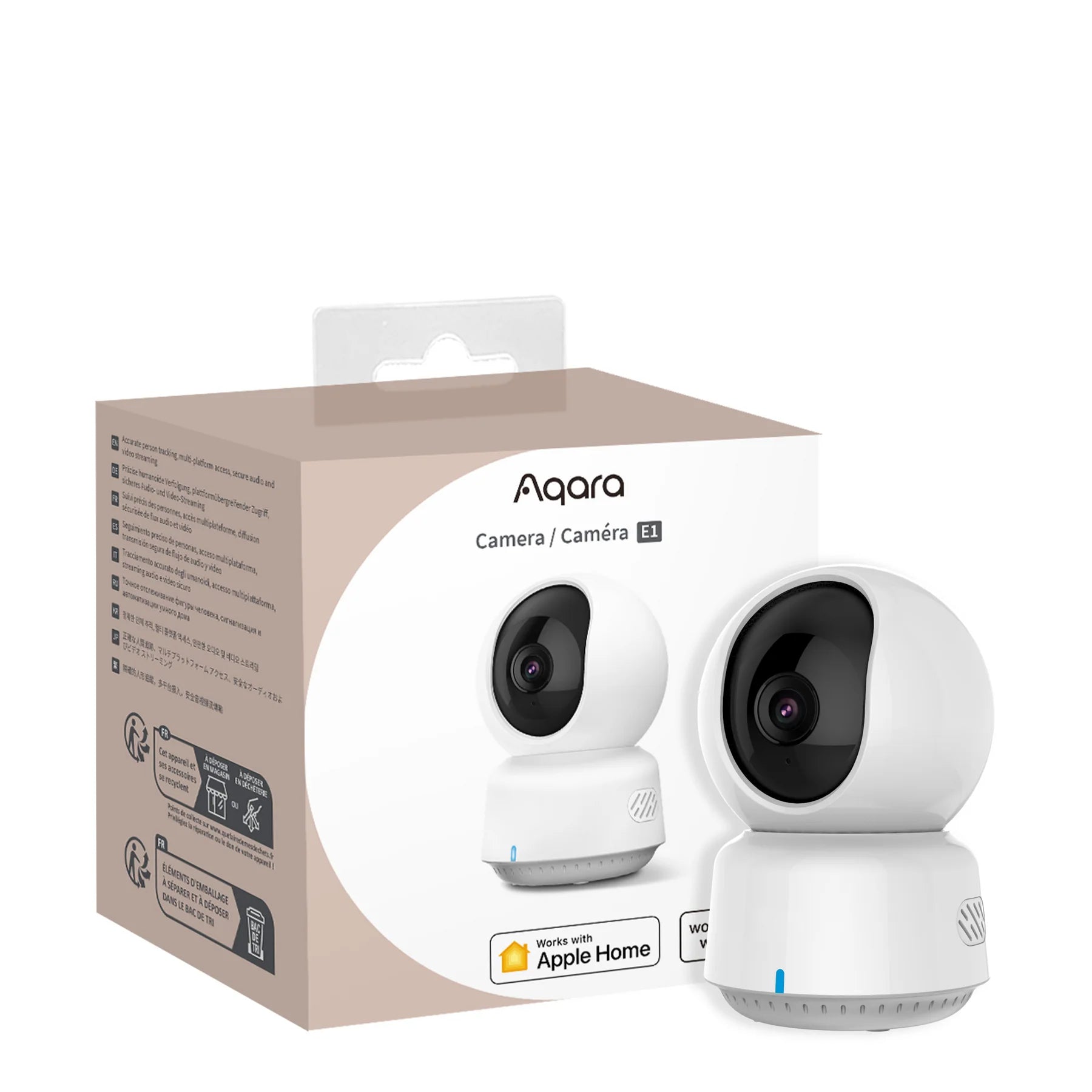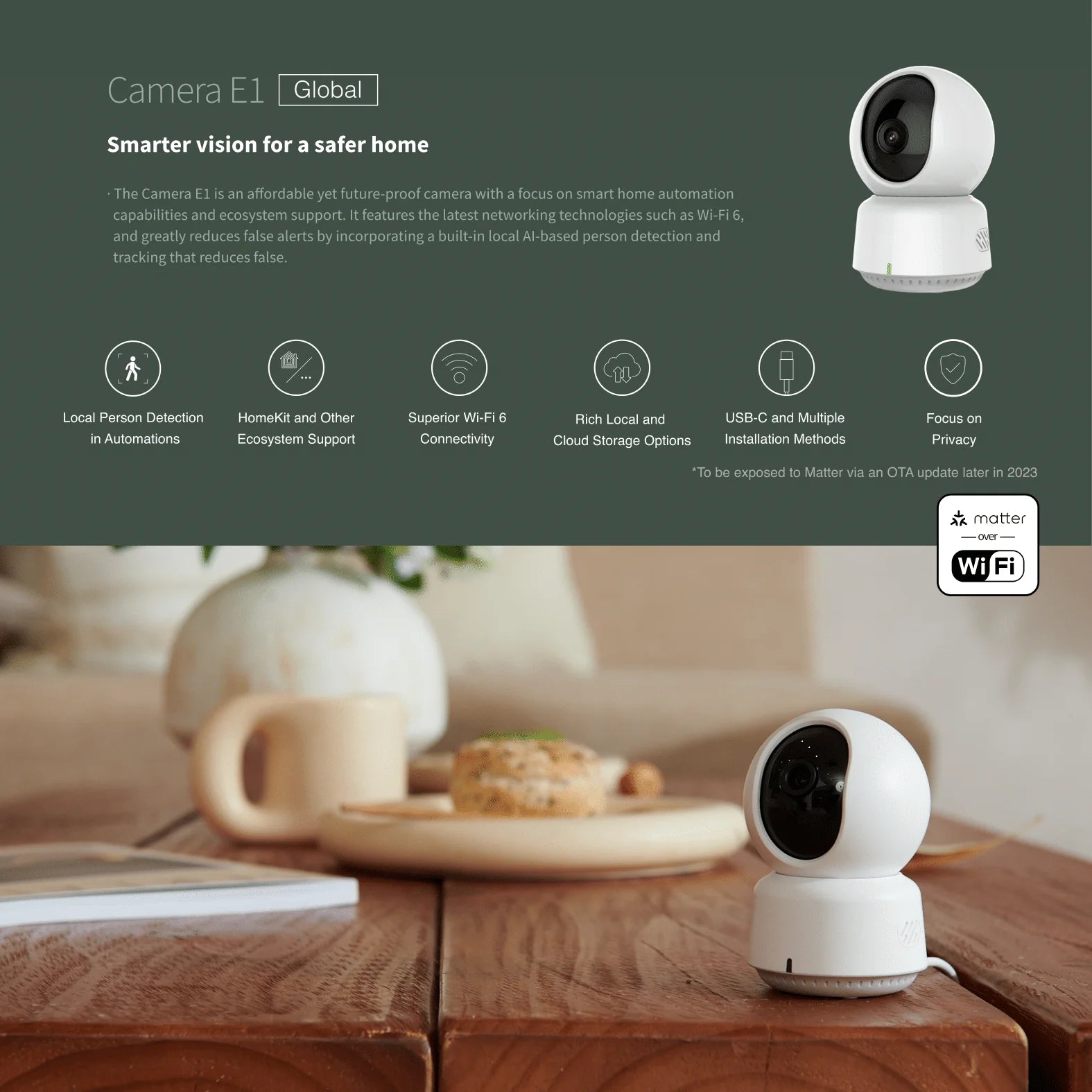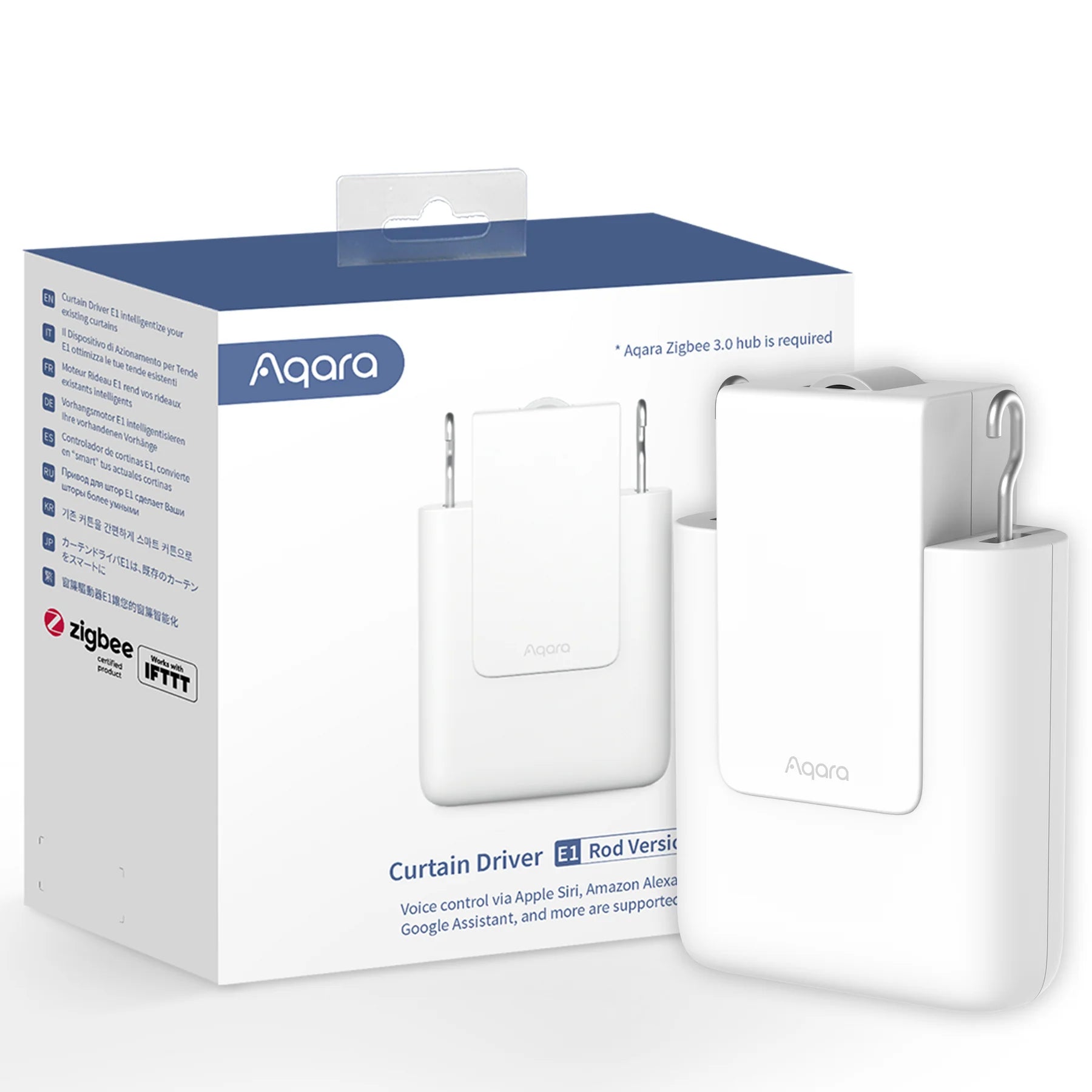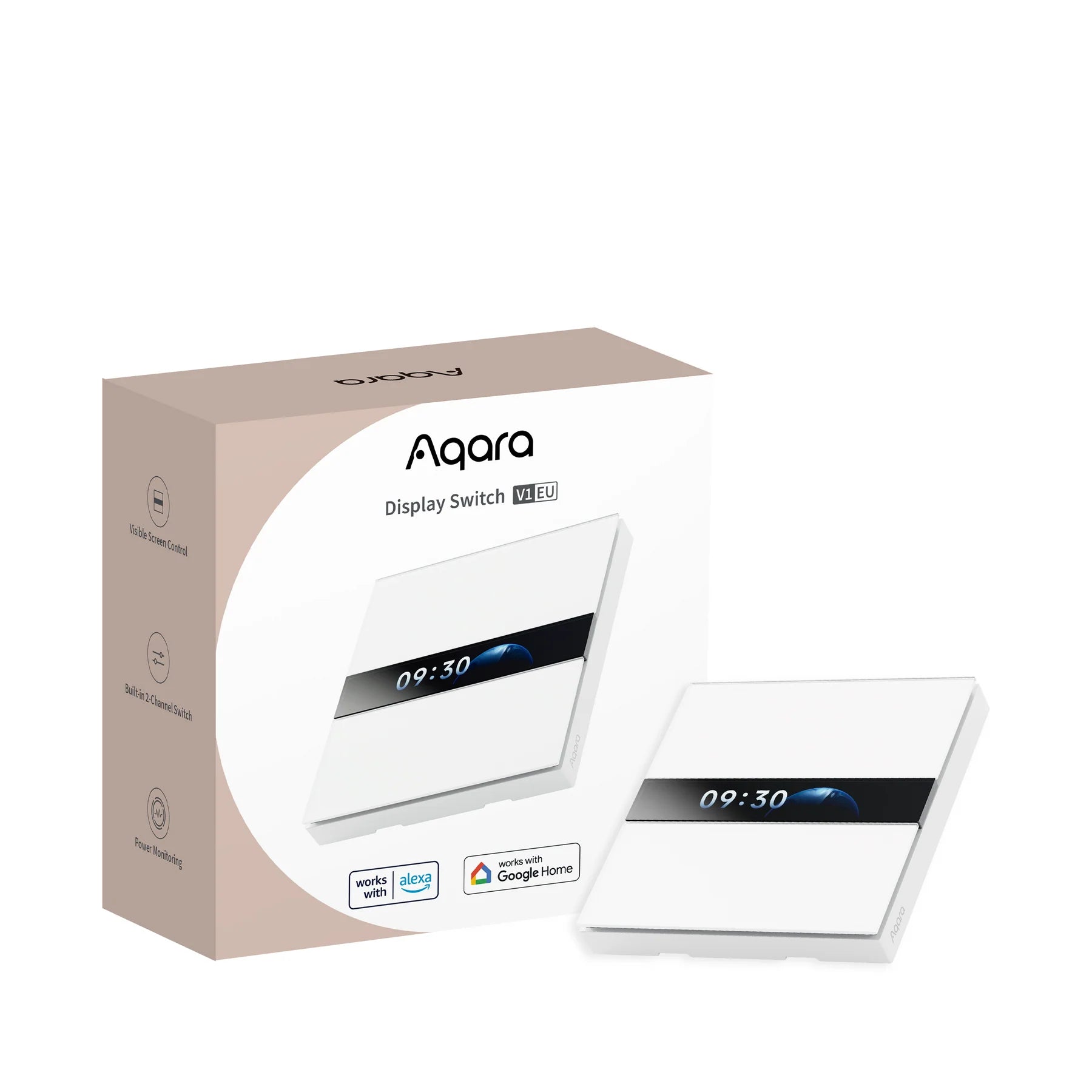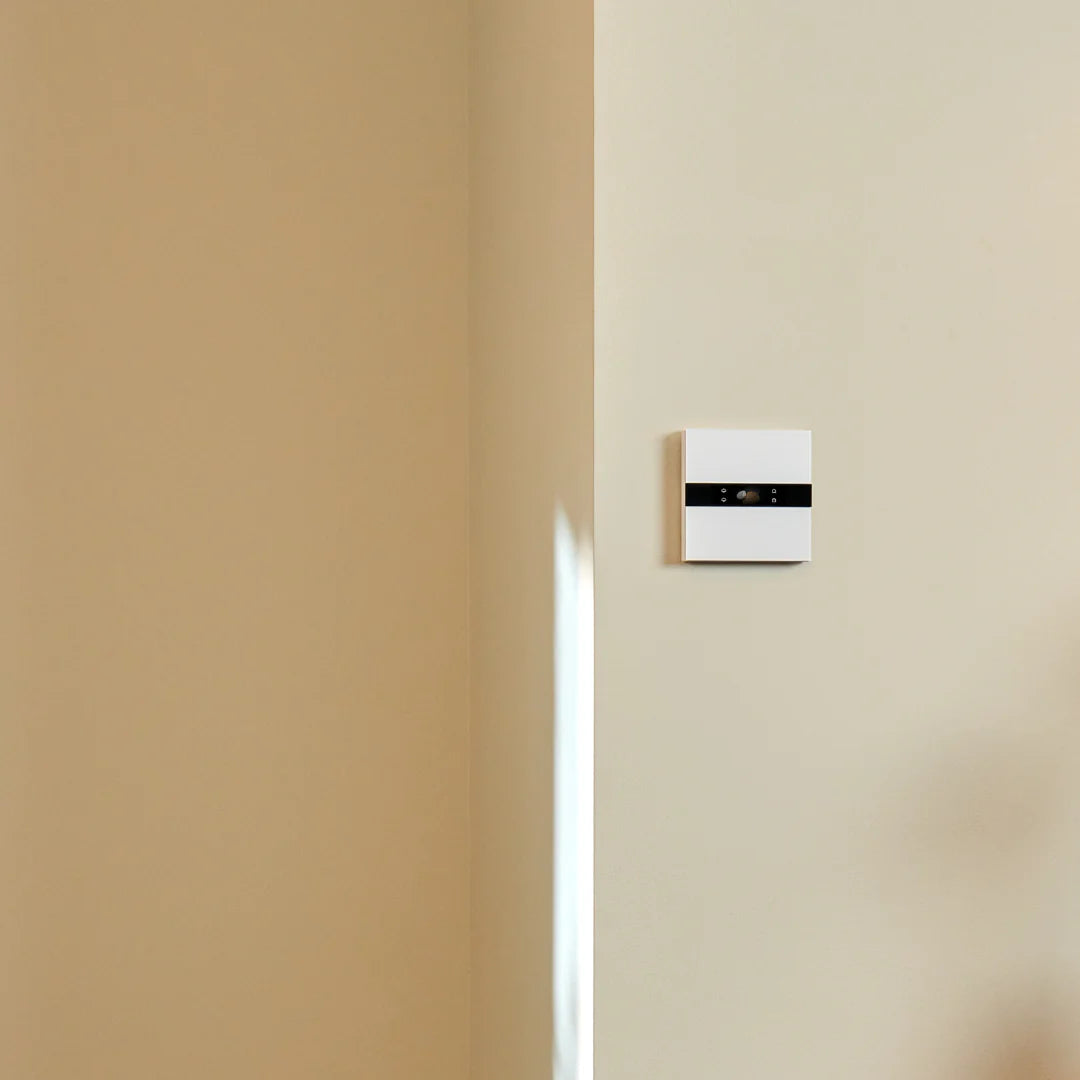How to Fix Christmas Lights: Simple DIY Tips & Expert Fixes

You know that sinking feeling when you pull out your Christmas lights and half of them won't work? We've all been there. But here's the thing: throwing away your favorite holiday decorations isn't your only option.
The truth is that with just a few simple tools and the right know-how, you’ll learn exactly how to fix Christmas lights in less than 30 minutes. Better yet, you'll save hundreds of dollars on replacements.
In this complete guide, you'll discover:
- Quick fixes that work 80% of the time
- Step-by-step repairs anyone can do
- Pro tricks that even lighting experts use
- Money-saving maintenance tips
What You'll Need:
Think you need expensive tools? Think again:
- Voltage detector (optional)
- Replacement bulbs
- Small needle-nose pliers
- Wire strippers
- Electrical tape
- Work gloves
You might be wondering: "Do I really need all these tools?"
Not necessarily. For the quickest fixes, you'll only need replacement bulbs and your hands. But having these tools ready makes tougher repairs much easier.
Common Problems and How to Fix Christmas Lights
1. Entire String Is Dead
This is frustrating: you plug in your lights, and... nothing happens. But don't be confused yet.
Here's the surprising truth: in about 90% of cases, a dead string has a simple fix.
Quick fixes to try first:
- Check the fuse in the plug (look for a small door on the plug)
- Ensure it's properly plugged into the outlet
- Test the outlet with another device
- Look for loose bulbs
But here's the kicker: most people skip the easiest fix of all. Those tiny fuses in the plug? They're usually the culprit. Replacing them takes just minutes and costs pennies.
2. Section of Lights Not Working
Now, this gets interesting: one bad bulb can take out an entire section of lights. It sounds crazy, but it's true.
Here's exactly what to do:
- Locate the dead section
- Find the first dead bulb in that section
- Look for:
- Broken or missing bulbs
- Twisted or loose bulbs
- Corroded sockets
Want to know a pro secret? The problem bulb is almost always at the start of the dead section. Start there, and you'll save tons of time.
3. Single Bulb Replacement
Here's something that might surprise you: replacing individual bulbs is actually the easiest fix of all. But there's a catch - you need to do it right.
Let me walk you through it:
- First things first: unplug those lights! (Safety isn't just a suggestion)
- Spot the culprit bulb? Gently pull it straight out
- Here's the crucial part: grab a new bulb with identical voltage
- Now listen for this: you should hear a satisfying 'click' sound when it's properly seated
But wait - there's a pro tip: Keep a few spare bulbs from each set when you first buy them. Different brands aren't always compatible, and you'll thank yourself later.
4. Fixing Broken Wires
Now comes the slightly trickier part. But don't let that scare you away - I'm going to break it down into foolproof steps.
Check this out:
- Find and cut out the damaged section (make sure those lights are unplugged!)
- Here's where it gets interesting: strip exactly 1/2 inch of insulation from both ends
- The secret sauce? Twist matching colored wires together (seriously, colors matter here)
- Now for the important part: wrap each connection with electrical tape
- Moment of truth: plug in and test
Want to know what most people get wrong? They rush the wire stripping part. Take your time there - it makes all the difference.
If your current lights are beyond repair, consider switching to Govee Christmas lights with built-in durability and advanced features for a hassle-free holiday season.
Advanced Troubleshooting Tips
Think you've tried everything? Hold that thought. Here are some pro-level solutions that might just save your holiday:
Using a Bulb Repair Tool
Here's a game-changing secret: professional light installers use a special voltage pulse tool that can fix entire sections of dead lights in seconds. Think of it as a "jump starter" for your holiday lights.
What is a Voltage Pulse Tool?
It's a handheld electronic device (similar in size to a garage door opener) specifically designed to repair Christmas light sets. While it costs about $15-20, it can save dozens of light strands over many seasons.
How These Tools Work
The science behind it is fascinating:
- Inside each Christmas light bulb, there's a tiny component called a shunt
- When a bulb burns out, this shunt is supposed to activate and maintain the circuit
- Sometimes these shunts fail, causing entire sections of lights to go dark
- A voltage pulse tool sends a controlled electrical pulse through the wire
- This pulse "wakes up" those sleeping shunts, completing the circuit again
Step-by-Step Usage Guide:
- Locate the non-working section of the lights
- Pull out one bulb in the dead section
- Insert the tool's socket connector
- Activate the tool 2-3 times
- If successful, you'll see the section spring back to life
Pro Tip: If it doesn't work the first time, try a few different bulb locations in the dead section. Sometimes it takes a few attempts to find the right spot.
All About Socket Surgery
This technique is all about fixing the actual connection points in your light string. Let me explain why these fixes work:
Understanding Socket Problems
Three main issues plague light sockets:
- Corrosion: Green or white buildup that blocks electrical contact
- Bent contacts: Metal pieces inside which lose their grip
- Moisture damage: Water getting in and causing shorts
The Three-Step Fix:
- The Sandpaper Solution
- Use 400-600 grit sandpaper (anything rougher can damage the socket)
- Gently clean the metal contacts inside the socket
- Look for a bright, clean metal surface
- Blow out any sandpaper debris
- Contact Adjustment
- Inside each socket are two small metal clips
- These should form a tight "V" shape
- If they're too flat: gently bend them inward with needle-nose pliers
- If they're too tight: slightly reduce the angle
- The goal is to create just enough tension to hold the bulb firmly
- Moisture Prevention
- What is dielectric grease? It's a waterproof, non-conductive lubricant
- Why it works:
- Creates a moisture barrier
- Prevents future corrosion
- Makes bulb insertion easier
- Doesn't interfere with electrical contact
- Application:
- Apply a tiny amount (the size of a pinhead)
- Use a toothpick for precise application
- Insert and remove the bulb once to spread it evenly
Safety Note: Always unplug lights before attempting any socket repairs, and make sure sockets are completely dry before applying power.
Cost-Benefit Analysis:
- Voltage pulse tool: $15-20, can repair dozens of light sets
- Fine-grit sandpaper: $3-5, useful for multiple repairs
- Dielectric grease: $5-8, will last several seasons
Remember: These advanced fixes are most worth doing on expensive light sets or hard-to-replace vintage lights. For basic light sets under $10, replacement might be more time-efficient.
Prevention Tips for Next Season
Want to know the real secret to perfect Christmas lights? It's all in the storage. Here's what the pros don't tell you:
The Right Way to Pack
- Forget the tangled ball approach! Instead:
- Grab a piece of cardboard or an old hanger
- Wind those lights like you're handling precious jewelry
- Label each string (trust me, future you will be grateful)
The Secret to Storage
Here's what makes or breaks your lights:
- Location is everything:
- Cool? Yes
- Dry? Absolutely
- Climate-controlled? If possible
- Critter-free? Essential
- Pre-Storage Checklist:
- Test every string (yes, even the perfect ones)
- Replace any iffy bulbs now (you won't remember which ones next year)
- Keep spare bulbs with each string (label them!)
Looking for low-maintenance lights that last? Govee’s Christmas light collection includes options designed to withstand wear and tear, with smart features and easy app control.
FAQs Section
Let's tackle the questions you're probably asking right now:
Q: Why do Christmas lights burn out so quickly?
A: It all comes down to three things: power surges, loose connections, or poor manufacturing. The good news? A simple $10 surge protector can double your lights' lifespan.
Q: Can I mix LED and incandescent Christmas lights?
A: Here's the brutal truth: while you technically can, it's like mixing oil and water. Lights with different power requirements used at the same time may burn out faster.
Q: How long should Christmas lights last?
A: Get this: quality LED lights can last over 10 seasons. Traditional incandescent? About 4-6 seasons with proper care. The key word here is "proper care".
Safety Warnings (Because We Care)
Let's get real about safety for a minute. These aren't just boring warnings - they're lessons learned the hard way:
⚠️ The Non-Negotiables:
- Always, always, ALWAYS unplug before playing electrician.
- See those sealed light strings? Leave them sealed. Seriously.
- Water and electricity are mortal enemies - keep them apart.
- Your outlet is not an all-you-can-eat buffet - don't overload it.
- If the wire looks like it's been through a war, let it retire.
Your Next Steps
Ready to become a Christmas light repair pro? Start with the simplest fix (checking fuses) and work your way up. Remember: patience is your best tool.
Still feeling unsure? Here's what you should do right now: grab one broken light string and try the first quick fix. You've got nothing to lose and everything to gain.
Want to buy new Christmas lights? Don't miss our ultimate guide to choosing Christmas lights!
Govee / Authorised Govee Distributor / Dbgtech Solutions / Mumbai

